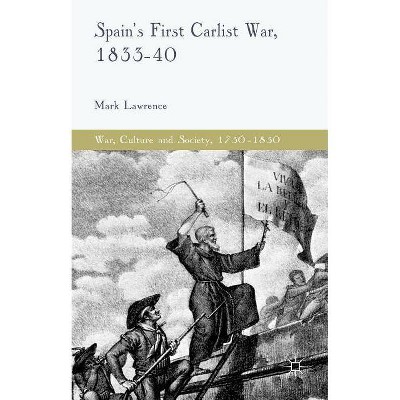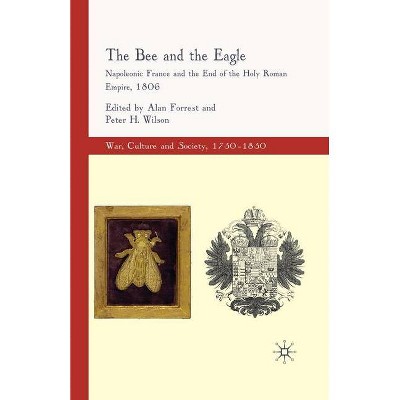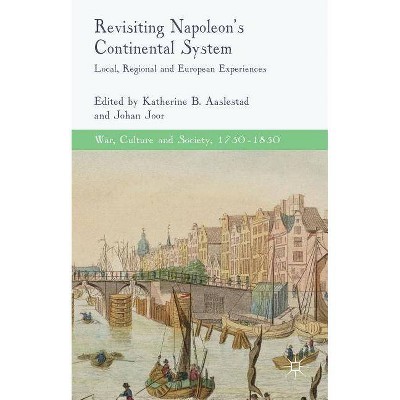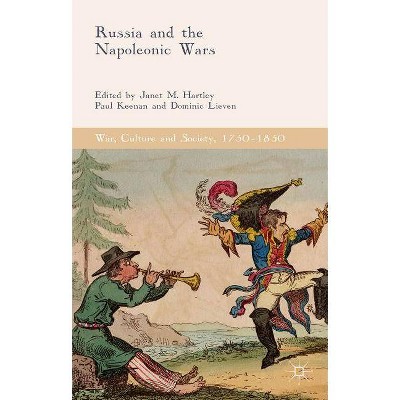Days of Glory? - (War, Culture and Society, 1750 -1850) by Valerie Mainz (Paperback)
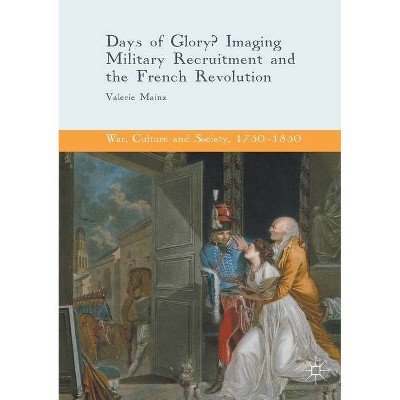
Similar Products
Products of same category from the store
AllProduct info
<p/><br></br><p><b> Book Synopsis </b></p></br></br><p>This book examines a range of visual images of military recruitment to explore changing notions of glory, or of <i>gloire, </i>during the French Revolution. It raises questions about how this event re-orientated notions of 'citizenship' and of service to '<i>la Patrie'</i>. The opening lines of the Marseillaise are grandly declamatory: <i>Allons enfants de la Patrie/le jour de gloire est arrivé!</i> or, in English: <i>Arise, children of the Homeland/The day of glory has arrived! </i>What do these words mean in their later eighteenth-century French context? What was <i>gloire</i> and how was it changed by the revolutionary process? This military song, later adopted as the national anthem, represents a deceptively unifying moment of collective engagement in the making of the modern French nation. Valerie Mainz questions this through a close study of visual imagery dealing with the issue of military recruitment. From neoclassical painting to popular prints, such images typically dealt with the shift from civilian to soldier, focusing on how men, and not women, were called to serve the Homeland.</p><p/><br></br><p><b> From the Back Cover </b></p></br></br>This book examines a range of visual images of military recruitment to explore changing notions of glory, or of <i>gloire, </i>during the French Revolution. It raises questions about how this event re-orientated notions of 'citizenship' and of service to '<i>la Patrie'</i>. The opening lines of the Marseillaise are grandly declamatory: <i>Allons enfants de la Patrie/le jour de gloire est arrivé!</i> or, in English: <i>Arise, children of the Homeland/The day of glory has arrived! </i>What do these words mean in their later eighteenth-century French context? What was <i>gloire</i> and how was it changed by the revolutionary process? This military song, later adopted as the national anthem, represents a deceptively unifying moment of collective engagement in the making of the modern French nation. Valerie Mainz questions this through a close study of visual imagery dealing with the issue of military recruitment. From neoclassical painting to popular prints, such images typically dealt with the shift from civilian to soldier, focusing on how men, and not women, were called to serve the Homeland.<p/><br></br><p><b> About the Author </b></p></br></br><p>Valerie Mainz is Senior Lecturer in the School of Fine Art, History of Art and Cultural Studies at the University of Leeds, UK, having previously worked in both the commercial and subsidised sectors of the theatre. She has curated exhibitions on the French Revolution at the University Gallery, University of Leeds in 1998, at the Musée de la Révolution française, Vizille in 1999 and, together with Richard Williams, at the Henry Moore Institute, Leeds in 2006. </p>
Price History
Price Archive shows prices from various stores, lets you see history and find the cheapest. There is no actual sale on the website. For all support, inquiry and suggestion messagescommunication@pricearchive.us
